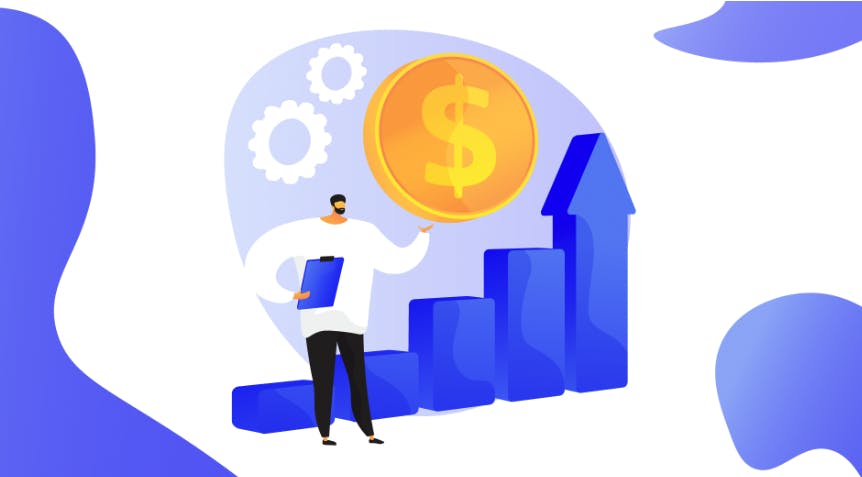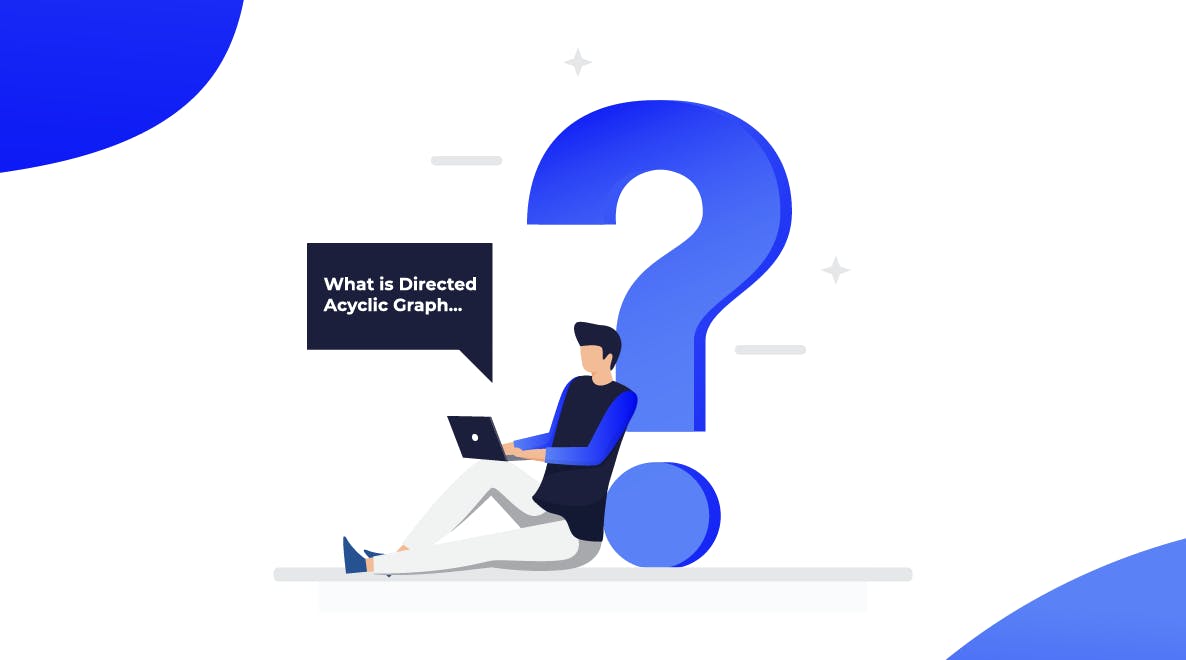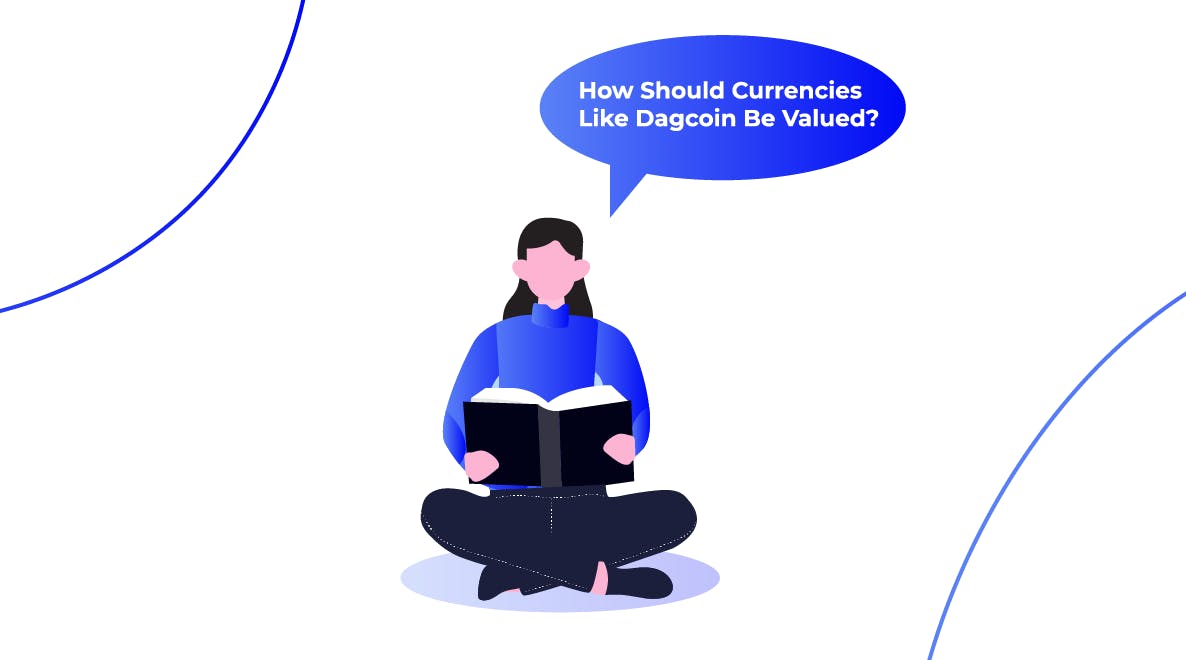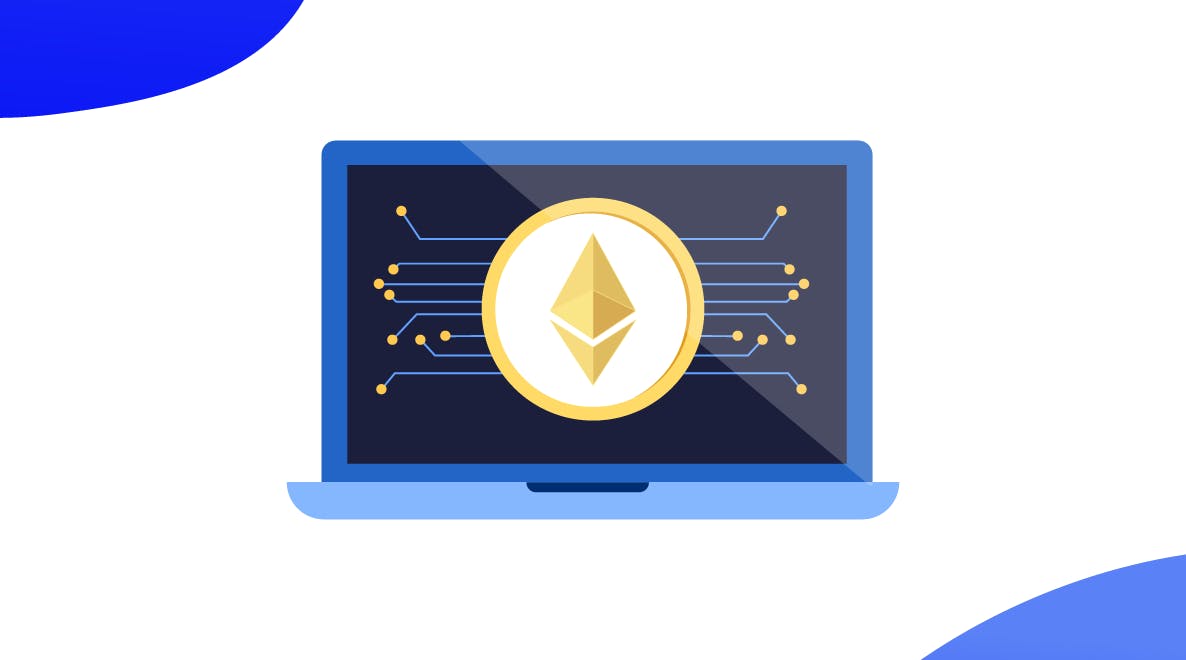Once upon a time there was exchanging of goods by bartering. No money, as we know it today, was involved. Yup. It was all an item for item trade. Even farm animals were used as goods for business.
Fast forward into today, and we’re still swapping. Well alright, not on a daily basis and mostly with our friends, but sometimes even business partners are involved. And you know what, it’s okay. Bartering is still widely used in some parts of the world, and it will always be like that.
Chapter One: Metal Coins
Next step onwards in the history of money was metal coins. The civilization moved on to pay for their goods with coins that had a specific value latched on to them. This move made trading much more accessible and the prices more comprehensive.
You see, in a bartering trade, the price of an item was never fixed. It was nearly impossible to set a value for something. Therefore, it was a lot easier to start setting a value to metal coins.
Chapter Two: Paper Money
Soon after, the first paper notes came into play. It made life so much easier as paper money could be mass produced without relying on the existence of raw materials like gold and silver.
Metal coins and paper money co-existed hand in hand from there on onwards. Even though the coins are not made of precious metals any longer in most parts of the world, the notorious party of two is still very familiar to us in the 21st century.
Chapter Three: Plastic Money
After many centuries and just before the digital era, something extraordinary happened. The first plastic cards were issued. They made it so much more simple to use monetary funds. People no longer had to carry around loads of cash all the time.
It was suddenly possible to load money on plastic cards and use them in specific stores, restaurants, and cafes. How delightful!
Chapter Four: Online Money
And then, the Internet came. And the game changed. Online banking took off and became mainstream, allowing people to check their balance and move money from one account to another over the world wide web. It was revolutionizing!
But it wasn’t all jolly good. Transfers were time-costly and expensive.
Today, online banking is still the most used method for storing and transferring funds. And various fiat currencies fuel it. But, during the current century, it will all change.
Chapter Five: Digital Money
We’ve come to a point where the digital world is growing so fast that it’s nearly impossible to even blink an eye without some new thing spurring into life somewhere around the globe. Today’s world is in need of a digital currency that can move instantly and is cost-friendly to its users.
Next scene: enters cryptocurrency.
The thing is that for the past ten years, Blockchain based cryptocurrencies have been dominating the scene. They’ve given us the opportunity to think of alternative means for transferring money. In its purest form, transferring cryptocurrency is instantaneous, it’s pretty much free and very secure.
There’s a bit of a struggle at the moment though. As the technology is relatively new, today’s cryptos have not yet established themselves to a point, where they’re known and used globally as a mainstream method for storing and transferring funds.
But it will change. We firmly believe that the cryptocurrencies on the Dagchain are the frontrunners in becoming the dominating ones. The Alphas. The ones to knock down the fiat currency based online banking system.
To be continued.
Keep on reading: The Ecosystem of Dag and Digital World required Digital Money.
Would you like to know more? Get in contact!






